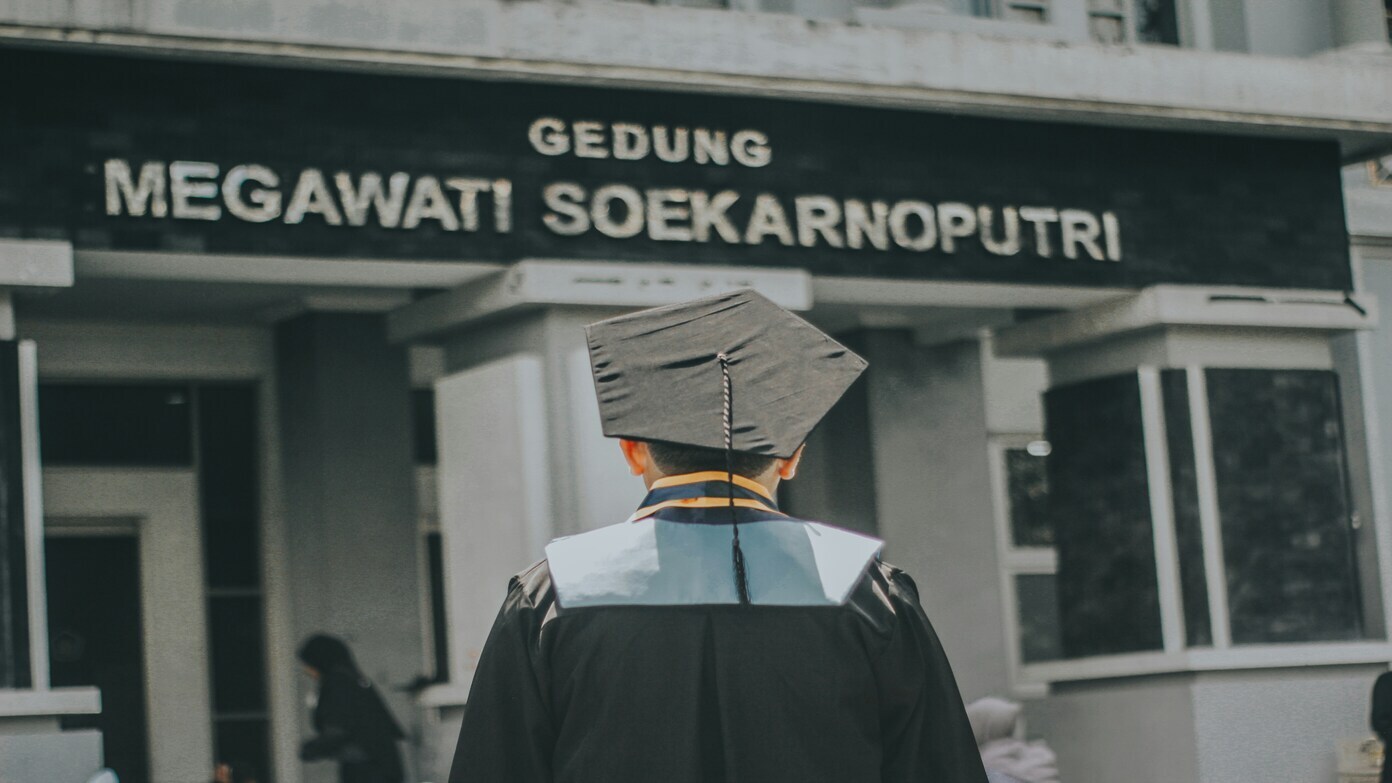Student loan borrowers receive surprise relief
In a welcome surprise, the U.S. Department of Education has started informing some federal student loan borrowers that their outstanding balances will be cancelled soon. The announcement has brought relief to many, particularly since student loan forgiveness has become less common under the Trump administration.
You now qualify to have one or more of your federal student loan(s) forgiven because you have made the necessary number of payments under your Income-Based Repayment (IBR) Plan,” read one of the official emails to eligible borrowers.
Consumer advocates say this new forgiveness is a novel instance of student debt relief under President Donald Trump, whose administration has limited or halted several forgiveness programmes over the past few years.
A rare example of forgiveness
Since Trump took office, the Education Department has reduced or slowed many forgiveness programmes for loans in the face of litigation and policy changes. Thousands of borrowers have been left in limbo while waiting for official decisions on Public Service Loan Forgiveness (PSLF) applications, and others have had their eligibility reconfigured under new rules for income-driven repayment.
This latest round of forgiveness targets borrowers who are in the Income-Based Repayment (IBR) plan, which caps payments based on income and forgives remaining balances after a set number of years.
The Department of Education would not comment, leaving everyone to wonder if more discharges are forthcoming.
Read this later: Government shutdown just a day away: will Congress avoid the crisis?
Who qualifies for IBR forgiveness
The borrowers must be enrolled in an Income-Based Repayment plan to qualify for this cancellation of debt. The IBR plan is the only income-driven repayment plan that still includes forgiveness after 20 or 25 years of payments.
Other older plans, such as the Income-Contingent Repayment (ICR) plan, have been eliminated or changed under what Trump formerly called his “big beautiful bill” — a package of education and tax proposals.
IBR first became available in 2009 to help borrowers keep student debt more manageable by tying monthly payments to income. Forgiveness of any balance remaining is available after 20 years (if loans were taken out after July 1, 2014) or 25 years (for older loans).
Read this: 100,000 federal workers to leave this week: what we know.
How many payments are required
Borrowers will have had to have made 240 or 300 qualifying monthly payments, based on when their loans were first disbursed, to qualify for complete loan forgiveness under IBR.
If you’ve been paying on your loans for two decades or more, you may be eligible — even if you’ve switched repayment plans over the years. Payments made under other income-driven plans generally count toward the IBR timeline, as long as they were made on time.
Experts recommend that borrowers continue making payments until they receive actual notice of forgiveness so they don’t be reported late. Any overpayments would be returned when the balance is cancelled.
Read this later: What is Tylenol, the drug singled out by Trump as a possible cause of autism in children born to mothers who took it during…
Relief could be delayed by a government shutdown
Although the Education Department has said loan cancellations will be processed “over the next several months”, the ongoing government shutdown could delay that timeline.
Carolina Rodriguez, the director of the Education Debt Consumer Assistance Program, stated that for numerous borrowers, years of waiting have already elapsed. “That said, many borrowers may be a little numbed to these delays, as there is already a backlog and staff reductions at the Department of Education,” she added.
Borrowers who have received the forgiveness notice have until Oct. 21 to opt out if they choose to.
What borrowers should do now?
If you’ve been paying on student loans for 20 years or more, it’s a good idea to review your payment history and confirm which plan you’re enrolled in. You can do this by signing into your StudentAid.gov account and reviewing your repayment plan details.
Borrowers who believe they’re eligible but haven’t yet received a discharge notification should continue making payments and monitor their email for updates.
While it’s unclear if more extensive forgiveness is on the horizon, this first batch of releases gives long-term borrowers a much-needed boost of financial relief — and a glimmer of hope that more help is on the way.

